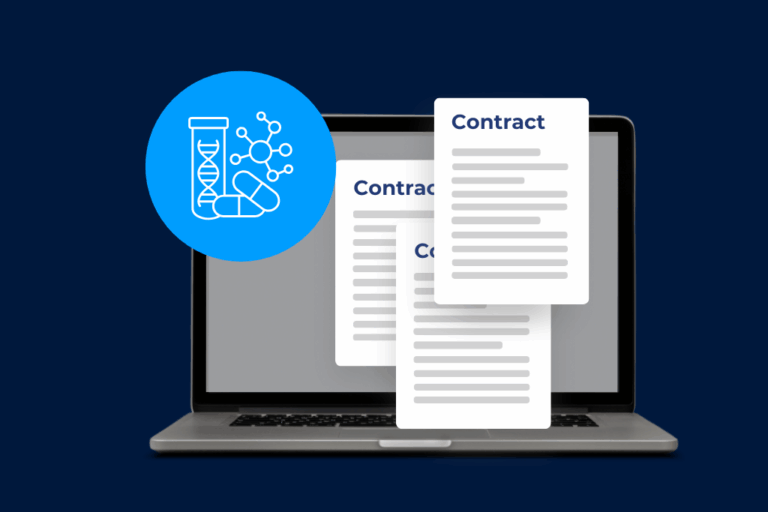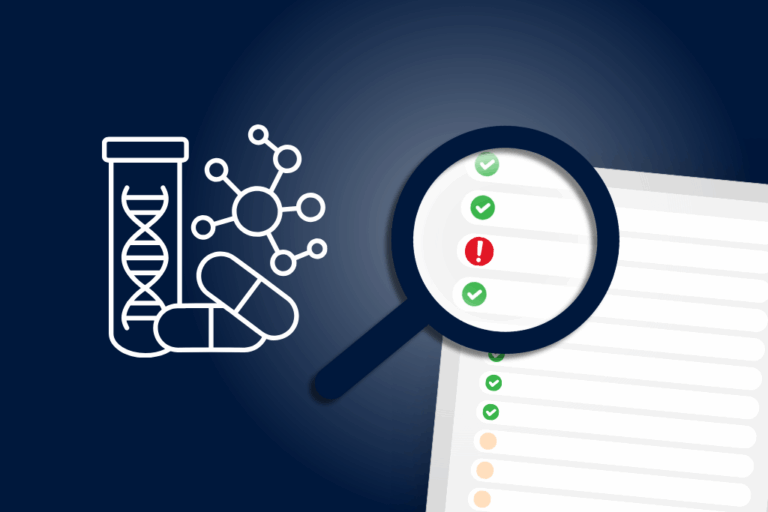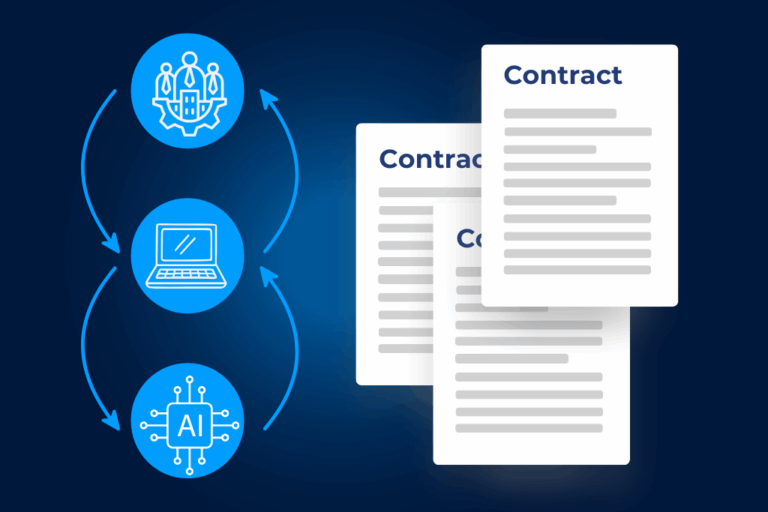The gradual shift of our economy towards digital solutions means that cybersecurity has become an essential factor for organizations, governments and individuals alike.
As we rely heavily on digital technologies to conduct operations and personal affairs it is important to be aware of the potential risks and vulnerabilities associated with it, and how we can protect ourselves. But first, let’s dive into what cybersecurity is.
Definition of cybersecurity
Cybersecurity refers to the strategies, technologies, and best practices used to protect critical systems, networks, devices, and data from malicious cyber threats. These threats include unauthorized access, data theft, sabotage, and digital espionage.
It encompasses not only the digital realm but also physical and technical cybersecurity measures and security controls, such as building access controls where critical infrastructure and IT systems are located. The goal is to maintain the confidentiality, integrity, and availability (CIA) of information and systems. In short, cybersecurity protects all digital and physical assets from internal and external attackers.
According to Kapersky, a world-renowned cybersecurity provider, cybersecurity can be split into 6 categories:
Read also: Cyberwar: 5 Ways to Protect Your Board
Why is Cybersecurity Important?
Cybersecurity is essential because it helps protect sensitive information, systems, and connected devices. This includes financial data, trade secrets, login accounts, personal records, and confidential business files. It also ensures business continuity. By defending against malicious cyberattacks, it prevents disruptions, data loss, or the theft of assets that can lead to severe reputational damage or even identity theft and credit card fraud.
Cybersecurity also helps build trust with clients and stakeholders by demonstrating the ability to control digital risks and protect people’s identity and sensitive data.
Cybersecurity threats nowadays
Without cybersecurity, individuals and businesses would be vulnerable to cyberattacks. These attacks could lead to financial losses, reputational damage, and legal consequences.
A recent security report by Check Point Research states that cyberattacks have risen by 38% in 2022, an upward trend that is predicted to continue.
Cyberattacks can take many forms, such as malware, phishing and denial of service, and over the years certain forms have prevailed over others.
Some of the greatest threats to cybersecurity include:
- Malware: Malware, an abbreviation of malicious software, refers to software designed to gain unauthorized access to information systems, damage or destroy data, or disrupt operations. Malware can take many forms, including viruses, trojans, ransomware, and spyware. (Ransomware is a type of malware that blocks a computer system, or threatens to destroy data unless a ransom is paid.)
- Phishing: Phishing is a type of social engineering attack in which an attacker uses fraudulent emails or social media messages to trick individuals into divulging sensitive information such as login credentials or financial data.
- Insider Threats: Insider threats refer to attacks or security breaches that originate from within an organization. These threats can come from employees, contractors, or partners with authorized access to systems or data.
- Advanced Persistent Threats (APT): APTs refer to targeted attacks by highly skilled and persistent attackers, often nation-state actors. APTs typically involve multiple stages and can last for months or even years.
- Denial of Service (DoS) attacks: DoS attacks aim to disrupt or disable access to a website or service by flooding it with traffic or requests, rendering it unavailable to legitimate users.
- Man-in-the-Middle Attacks: These intercept and alter communication between two parties without their knowledge.
Lastly, human error is the lead cause for data breaches and cyberattacks, a 2022 report by Verizon found that 82% of data breaches involves a human element.
This is because employees are often unaware of the risks tied to their online behavior. They may unknowingly open email attachments or click on links containing malicious software. Poor password management is another common error, such as using weak passwords or the same one across multiple platforms.
Therefore, organizations must prioritize cybersecurity and invest in training programs to reduce human error and protect sensitive data.
It’s equally important to ensure that service providers have proper security measures in place to protect the external data they handle or store.
How does cyber security work in companies?
What is cybersecurity in the context of companies? An effective plan must be built on multiple layers of protection. Cybersecurity companies offer integrated solutions that provide robust protection against cyberattacks.
1. OT security experts
Employees in security operations teams need to understand information security and the risks they face, as well as know how to report incidents affecting critical infrastructure. They should use strong passwords, avoid suspicious links, and know what to do in a ransomware situation. Even small steps like securing devices can help prevent a crisis.
2. Infrastructure
Organizations need a strong security strategy or NIST Cybersecurity Framework to reduce attack impact. Clear, actionable steps for employees act as a guide, much like a playbook, to protect infrastructure security and recover in time. Following these frameworks aligns with global standards and information technology best practices.
3. Security gaps
A robust plan safeguards on‑premises devices, cloud computing environments, and remote access. It accounts for vulnerabilities introduced by remote and hybrid workers who connect from various networks and use tech like laptops or mobile devices. Even a small gap in endpoint protection might expose your organization.
4. Technology
Technology plays a crucial role in safeguarding organisations’ devices, networks and systems. Essential cybersecurity technologies include antivirus software, email security solutions, and next-generation firewalls (NGFWs). Remember that the effectiveness of your technology portfolio depends on the frequency and quality of its updates. Updates from reputable vendors and developers will provide you with the latest patches to mitigate newer attack methods.
Protecting Against Cyber Threats
One of the best ways to stay protected is through cybersecurity hygiene and the consistent use of advanced tools and practices. This includes:
In addition, organisations need to ensure that third party vendors and cloud services are compliant with the appropriate data privacy regulations and cyber security standards.
Threat Intelligence
Many organisations actively rely on threat intelligence as a core element of their cybersecurity strategy. Threat intelligence involves collecting, analysing and applying information about current and emerging cyber threats in order to better safeguard organisations and their computer systems. It provides valuable insights into attack vectors, malicious actors and their techniques, helping security teams to anticipate and prevent potential breaches before attackers can access critical infrastructure.
Leveraging threat intelligence from trusted providers and industry sources enables companies to implement stronger security controls and refine their security strategy in real time. This knowledge enables cybersecurity professionals to swiftly detect anomalies, prioritise responses and share actionable data across security operations. The result is more robust information security practices in both cloud and on-premises environments.
The Evolution of Cybersecurity
Modern cyber security strategies must be equipped to deal with Generation V (Gen V) cyber threats. These are sophisticated, large-scale, multi-vector attacks that can easily overcome outdated, perimeter-based defenses. Outdated security tools and siloed solutions are no longer capable of defending today’s complex IT environments. To remain resilient in the face of evolving cyber risks, organizations must adopt an integrated and adaptable cybersecurity architecture.e.
Key cybersecurity technologies and solutions essential for Gen V protection include:
Furthermore, cyberattacks on the supply chain are becoming more frequent and more damaging. Cybercriminals are increasingly exploiting vulnerabilities in third-party vendors, contractors and partners to gain unauthorized access to company systems. These attacks highlight the need for robust third-party risk management, continuous monitoring and a zero-trust security model where no external or internal entity is automatically trusted and every access is continuously audited.
A Closer Look: Layered Cybersecurity Protection
An effective cybersecurity strategy involves multiple layers of defense that work in unison to detect and block malicious activities, protect critical data, and ensure compliance with global standards. Organizations should focus on encrypting sensitive information both at rest and in transit, controlling access to systems and databases, and continuously monitoring for unusual activity using advanced threat detection tools. It is also essential to ensure business continuity by having robust disaster recovery plans in place. Additionally, aligning internal processes with international cybersecurity frameworks such as ISO/IEC and NIST helps strengthen resilience against evolving threats. This holistic approach ensures that even if one layer fails, other layers will continue to provide a strong line of defense against cyberattacks.
Final Thoughts
To truly understand cybersecurity, one must grasp the variety of threats, the importance of protecting people’s identity, and the role of technology in defending data, files, and applications. Whether you’re working remotely, browsing the web, opening an email, or using a connected device, your choices make a difference.
Cybersecurity is no longer just an IT concern—it’s every person’s responsibility. The impact of an attack can affect individuals, families, and entire enterprises.
Conclusion
In today’s digital world, ensuring strong cybersecurity posture is more critical than ever. Organizations must regularly update their antivirus software, apply updates to all systems, and keep their mobile devices, apps, and computers secure. The latest threats are constantly evolving, making it necessary to identify new tactics cybercriminals use to steal sensitive data. Better cybersecurity awareness and practice among employees can drastically improve defense mechanisms.
A zero trust program is now needed to protect every user, device, and account, minimizing the risk of unauthorized access. In addition, cybersecurity strategies must address various types of cybersecurity threats and process improvements to detect and respond swiftly to incidents. Sharing best practices and cybersecurity policies is key to building a culture of security, especially when using the internet or public networks. Organizations should download trusted security tools, see how cyberattacks exploit vulnerabilities, and follow the terms of compliance frameworks. By making cybersecurity everyone’s responsibility, businesses not only protect their digital assets but also ensure the safety of every individual they serve.
DiliTrust and data security
DiliTrust offers safe solutions to its clients and protects their data by applying the highest confidentiality and security standards, such as data encryption and safe hosting infrastructures.
Moreover, DiliTrust recently renewed its ISO/IEC 27001:2013 certification and obtained ISO 27701:2019 certification, two of the highest international standards for IT security and privacy protection.
Read also: Data Privacy and Security: DiliTrust certified ISO 27001 and ISO 27701
As a SaaS DiliTrust strictly complies with data regulations and enforces their customers’ personal data privacy. Being certified means that DiliTrust is in line with data protection regulations such as GDPR, CCPA and PIPEDA.
You can rest assured that your data stays confidential and safe with DiliTrust.
Want to Learn More?
If you’re looking to strengthen your organization’s endpoint security, ensure control over connected applications, and protect against modern cyber threats, we’re here to help.
Contact DiliTrust today to discover how our solutions can secure your data and reduce your cyber risk exposure.
Want to find out more about our secure solutions? Contact us!
Read also:


